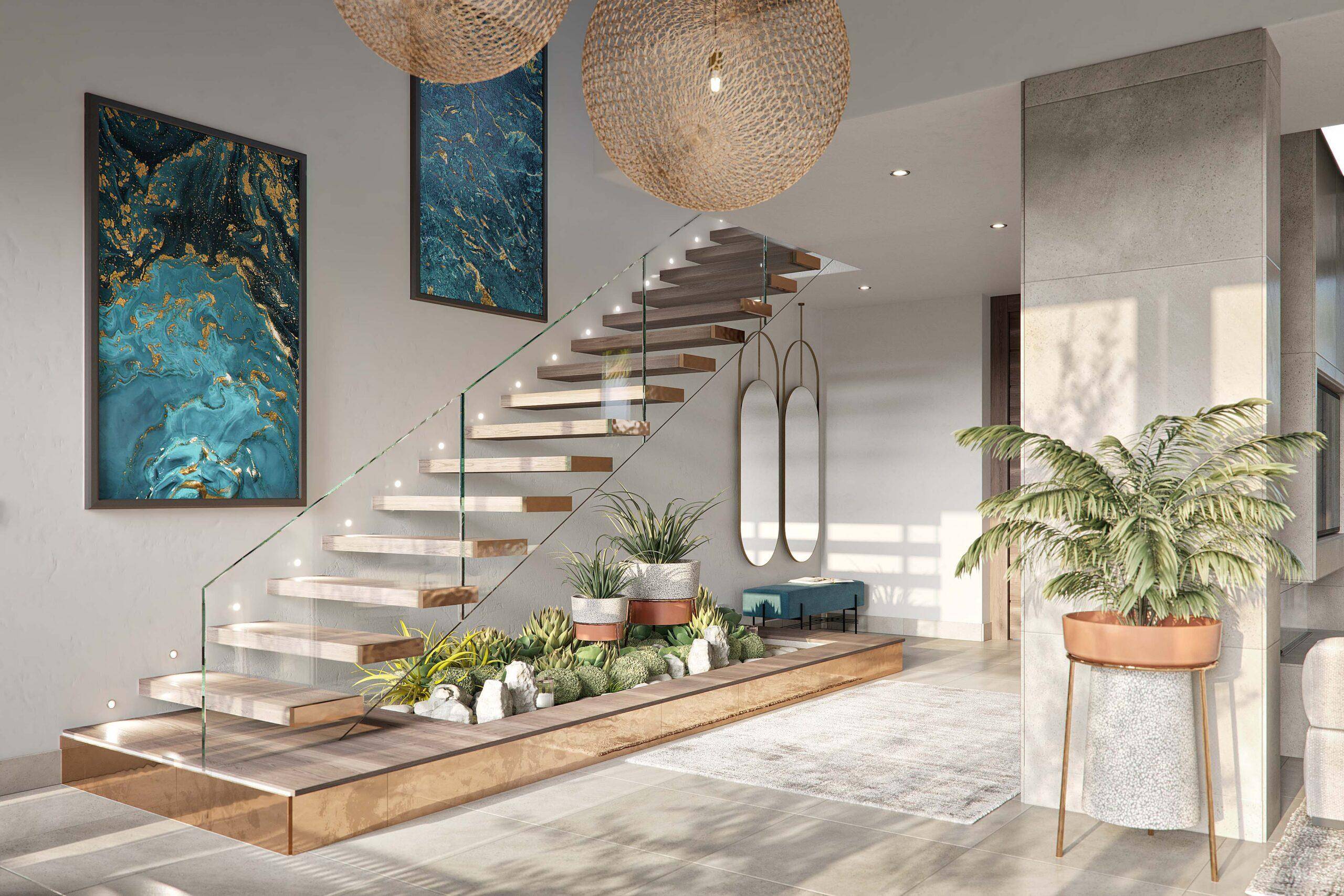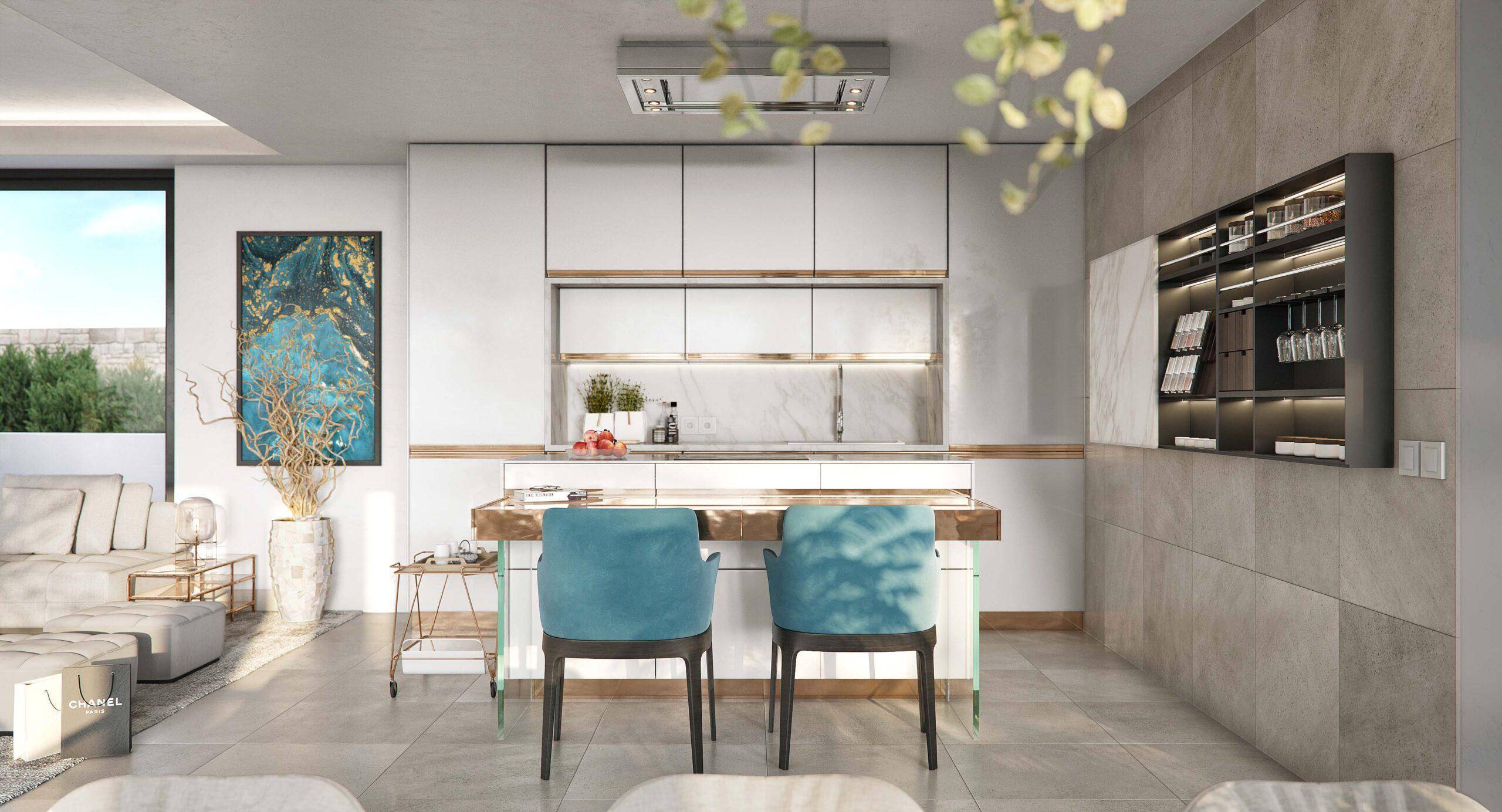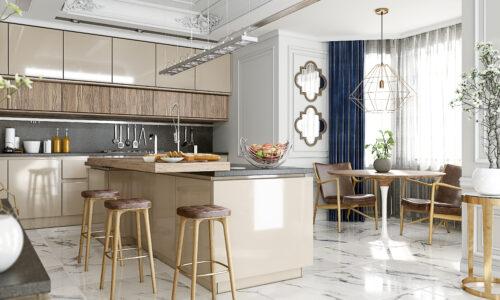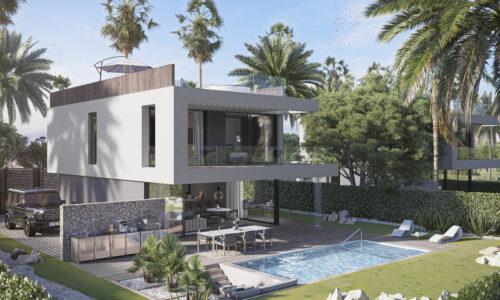
360 Virtual Tours, 3D Renders and 360 Panoramas: Which one to Choose?
- Yissel Álvarez
- March 5, 2024
- 3D Design
- 0 Comments
In recent years, 3D visualization technologies have experienced a notable surge, transforming our interaction with virtual images and spaces. Among the most prominent options are 360 virtual tours, 3D renders, and 360 panoramas. Each of these technologies presents advantages and disadvantages that make them suitable for different applications.
Read this article: Elevate Your Interior Design with Exceptional 3D Kitchen Renders
360 Virtual Tours
360 Virtual Tours are immersive experiences that allow users to explore a space as if they were physically there. They are created by capturing images or videos in 360 degrees and stitching them together into an interactive experience.
Advantages:
- Realism and immersion: Offer a more realistic and immersive experience than 3D renders or 360 panoramas.
- Free exploration: Allow users to explore a space at their own pace and from any angle.
- Versatility: Can be used for a variety of purposes, such as real estate marketing, education, tourism, and training.
Disadvantages:
-
- Cost: Can be more expensive to produce than 3D renders or 360 panoramas.
- Hardware and software: Require specific hardware and software to be viewed.
Read this article: Benefits of 360 Virtual Tours in 3D Visualisations
3D Renders

3D Renders are computer-generated images or videos that simulate a real space. They can be created using a variety of 3D modeling software.
Advantages:
- Versatility: They are more versatile than 360 virtual tours, as they can be used to create a variety of images and videos.
- Customization: Can be easily modified and customized.
- Cost: They are cheaper to produce than 360 virtual tours.
Disadvantages:
- Immersion: Not as immersive as 360 virtual tours.
- Realism: They may appear less realistic than actual photographs or videos.
Read this article: The Power of 3D Renders: 10 Benefits You Need to Know
360 Panoramas
360 panoramas are fixed images capturing a complete 360-degree view of a space. They can be created using a special camera or stitching software.
Advantages:
- Quick production: Easier to produce than 360 virtual tours or 3D renders.
- Sharing: Can be easily shared online.
- Accessibility: Can be viewed on a variety of devices, including smartphones and tablets.
Disadvantages:
- Immersion: Not as immersive as 360 virtual tours.
- Exploration: Do not allow users to explore a space at their own pace.
Which to choose between 360 virtual tours, 3D renders, and 360 panoramas?
The choice between these technologies will depend on the specific needs and goals of each user. For those seeking an immersive and realistic experience, 360 virtual tours are the best option. 3D renders are ideal for those requiring versatility and customization in their virtual representations. Meanwhile, 360 panoramas stand out for their quick production and simplicity, making them an excellent choice for those seeking an agile and accessible solution.
The selection between 360 virtual tours, 3D renders, and 360 panoramas depends on the balance between immersion, versatility, and ease of production that best suits the individual needs of each user.
Read this article: Transform Your Outdoor Space with 3D Garden Renders
If you need assistance with your architectural project and require visualization services, please feel free to contact us for further information.



